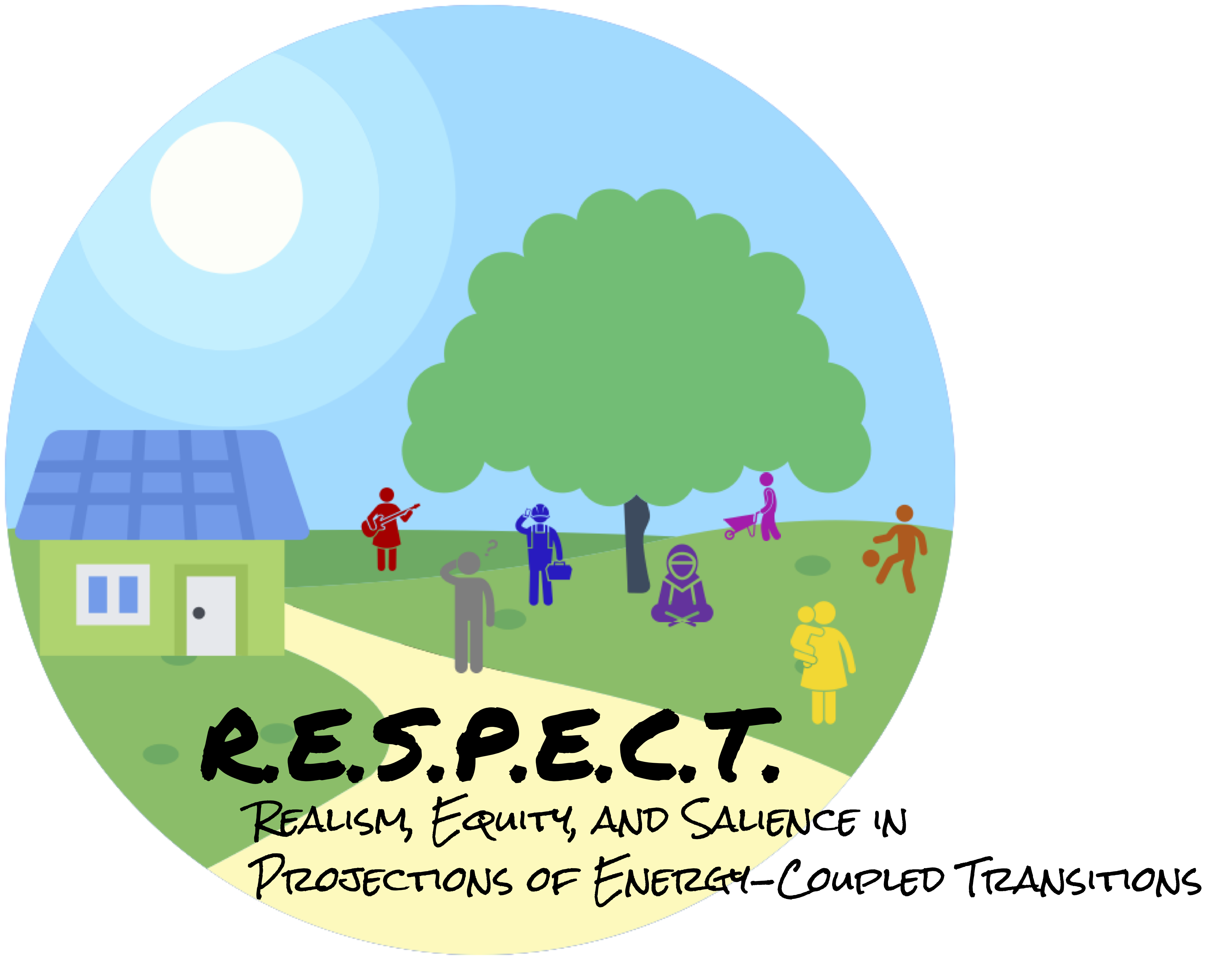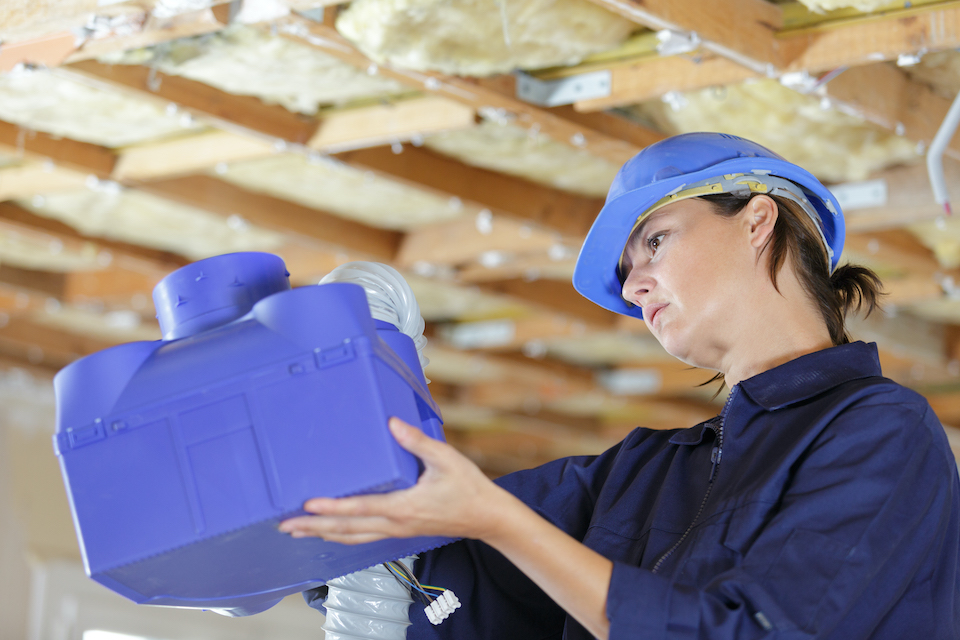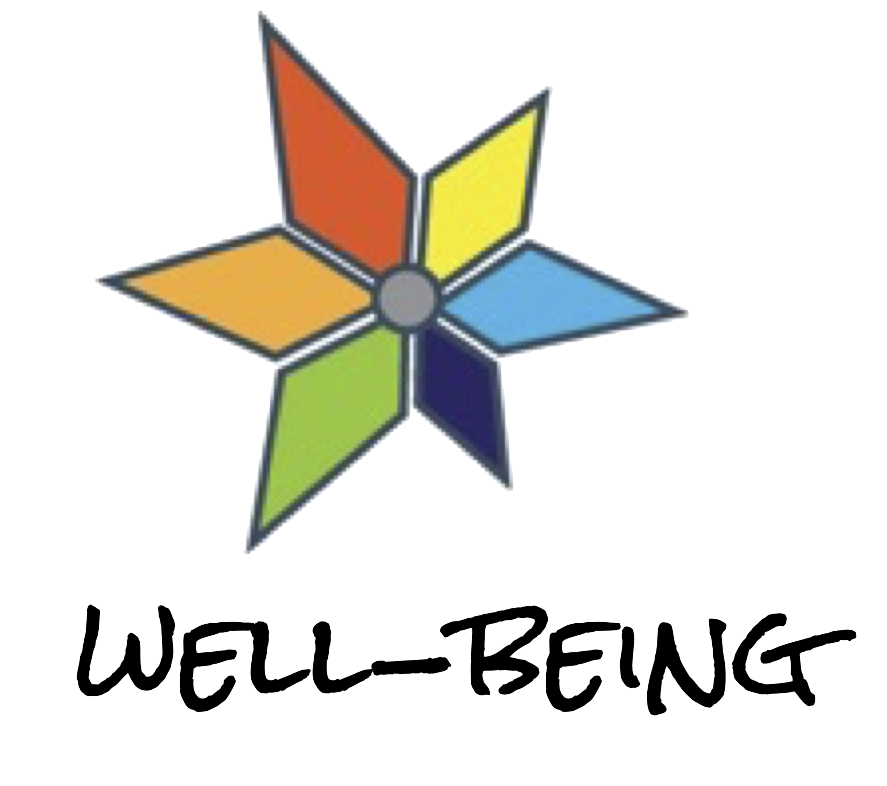

The short story:
We’re working to build you into narratives of the future.
The long, wordy story:
What are we doing? The R.E.S.P.E.C.T. team is working on scenarios: projections of what the future looks like, which begin with today’s conditions.
We know that the world could take many different paths into the future; people are often shown the environmental outcome of each path, like global temperatures rising. We also know that people’s experience along the way is very important. Is travel along the path pleasant or rough? Tractable or demanding? Respectful or domineering? These experiences leave people comfortable or uncomfortable, happier or unhappier, included or excluded, and more or less likely to participate. It’s our goal to represent these experiences along with projections of climate and environment.
What does “energy-coupled transitions” mean? All changes in society and technology affect energy use, emissions, and environment. This is true whether the transition is economic growth with the same technology, shifts to novel technology, or transition to carbon-free energy sources. Many people are working on scenarios of energy and environmental change caused by energy use. We’re asking the question, “What other outcomes are coupled to those transitions?” Although the principles are applicable to many transitions, we’re focusing on people’s experiences of the residential built environment – homes.
What are we doing differently, compared with other scenario developers? We’re emphasizing three things, which we call heterogeneity, well-being, and paradigms of change.

Let’s start with heterogeneity, or differences among people. The experience of most people is not the experience of the average person, but many scenarios show only averages. People vary in income, relationships with dominant culture, and the way they perceive change, among other things. Thus, people will make different transitions, and experience them differently. Although we can’t (and shouldn’t) show each individual person, we hope to demonstrate distributions in costs and benefits of transitions.

Human well-being has been discussed for thousands of years, and the only real agreements are that well-being has many facets, and that people place different relative values on these facets. Some people like comfort, some like adventure. We don’t intend to find agreement – we can’t. We do hope to show how different types of people, with different values, might experience well-being as we transition into different possible futures.

A paradigm of change is a concise answer to the question, “How does change occur?” Most scenarios don’t identify exactly how change happens; they just assume that it is either similar to past transitions, or somehow achievable to meet a target. But for most people, change is personal and occurs through connection. What information and who do you trust? When and how can you make time and space for a transition in your life or household? These answers are, also, heterogeneous across groups. For example, achieving any change is vastly different for a person with access to power and resources, compared with a person whose access has been denied.
Who cares? What’s in it for me? Our goal is to write the interests of diverse people into common visions of the future. This work is housed mainly in academic institutions, which means that some of the work is theory and simulation that seem removed from reality. Yet, simplified simulations underlie most future projections that are used to discuss policy options. We intend to make these discussions more realistic by including what matters to people.
R.E.S.P.E.C.T. is funded by the National Science Foundation and is a collaboration among four universities.




